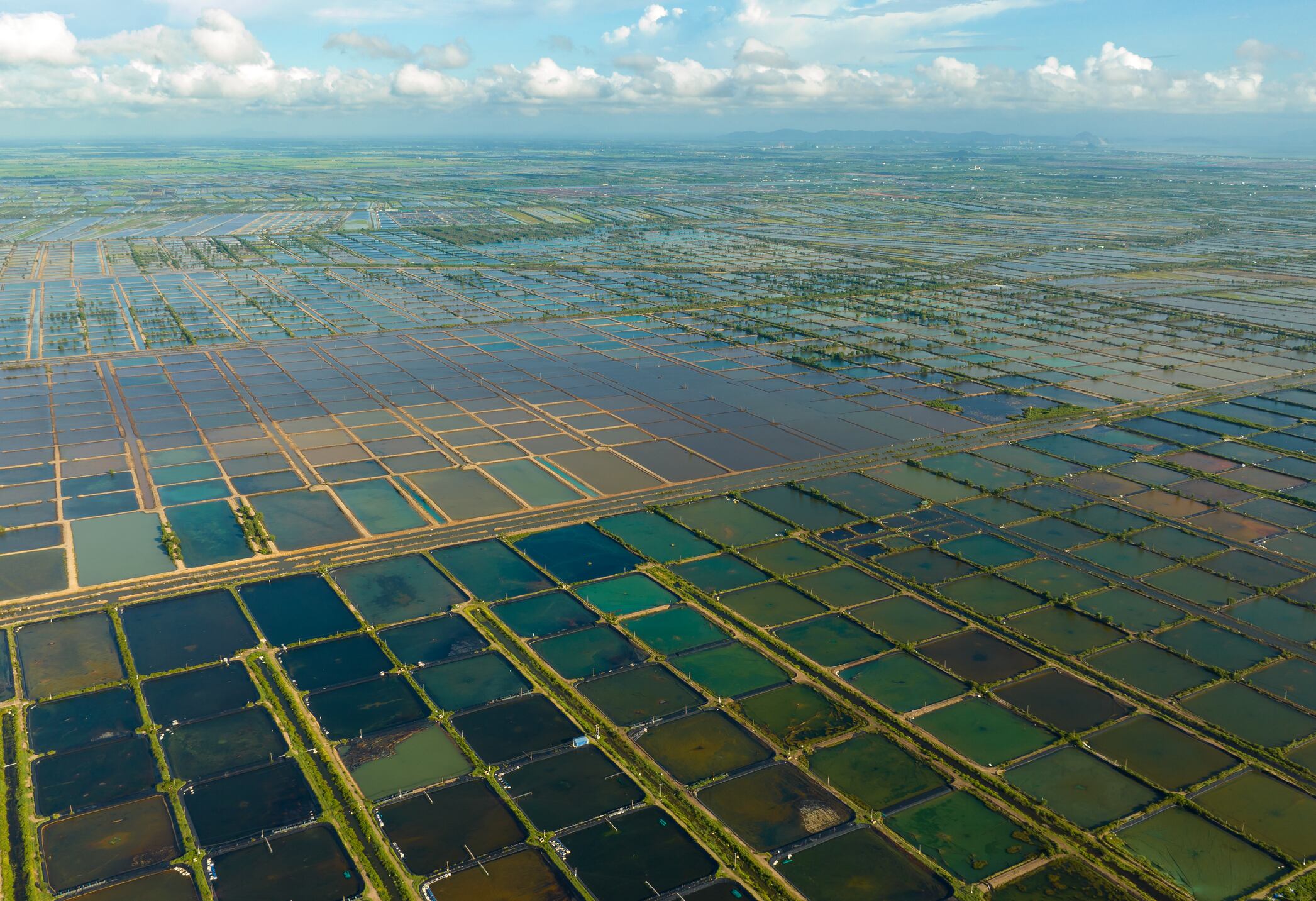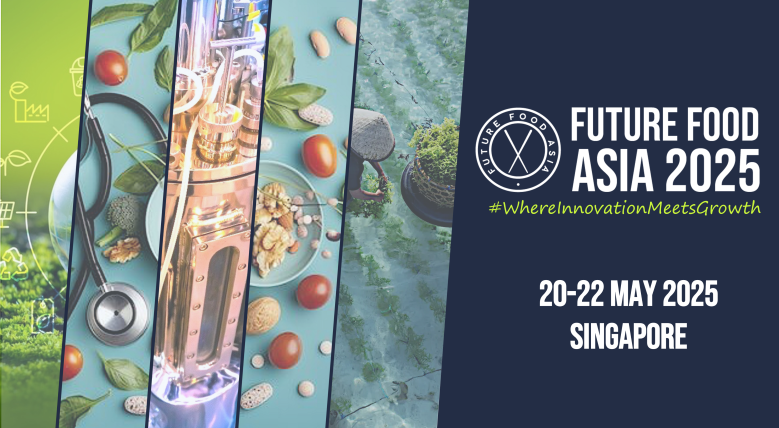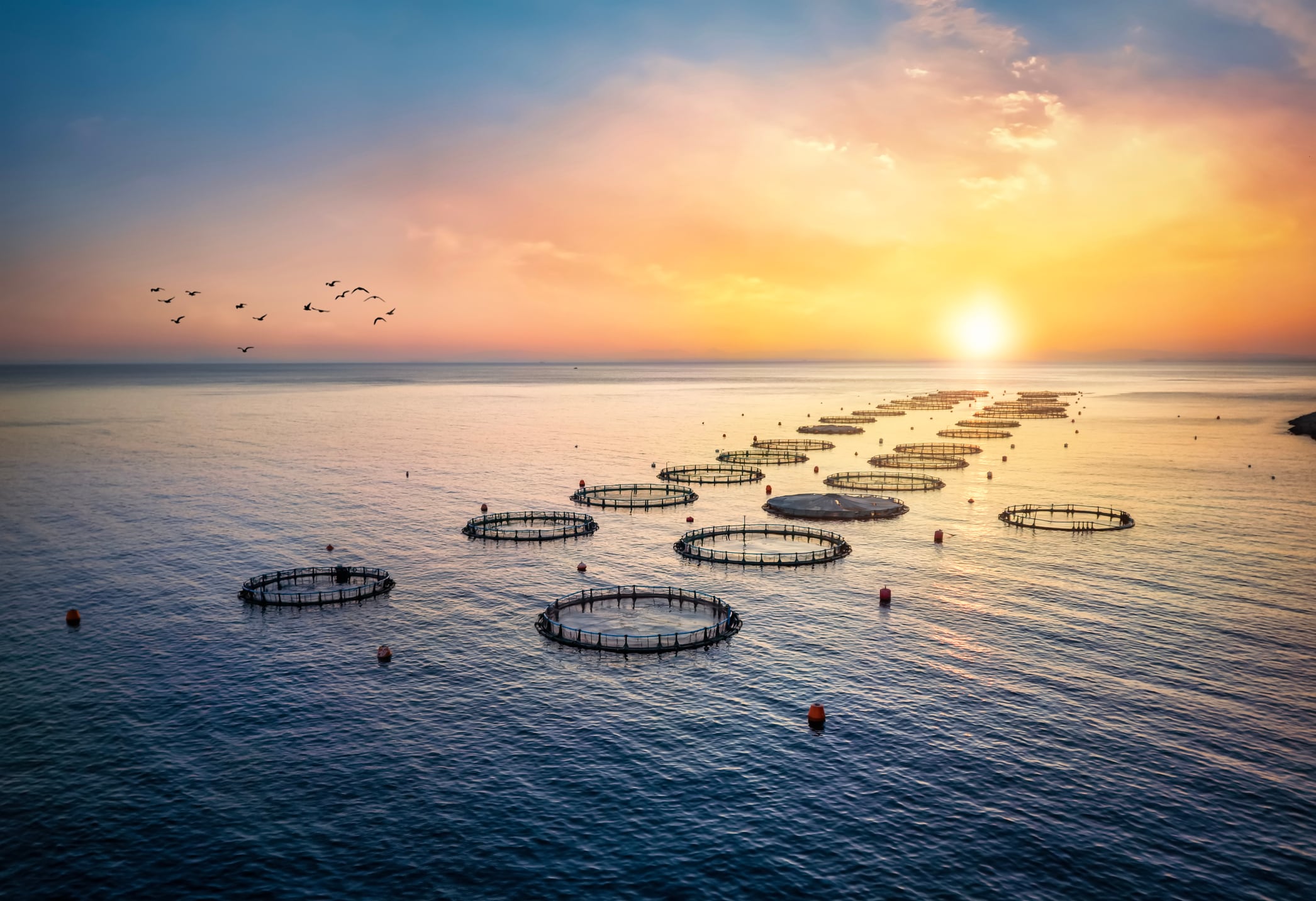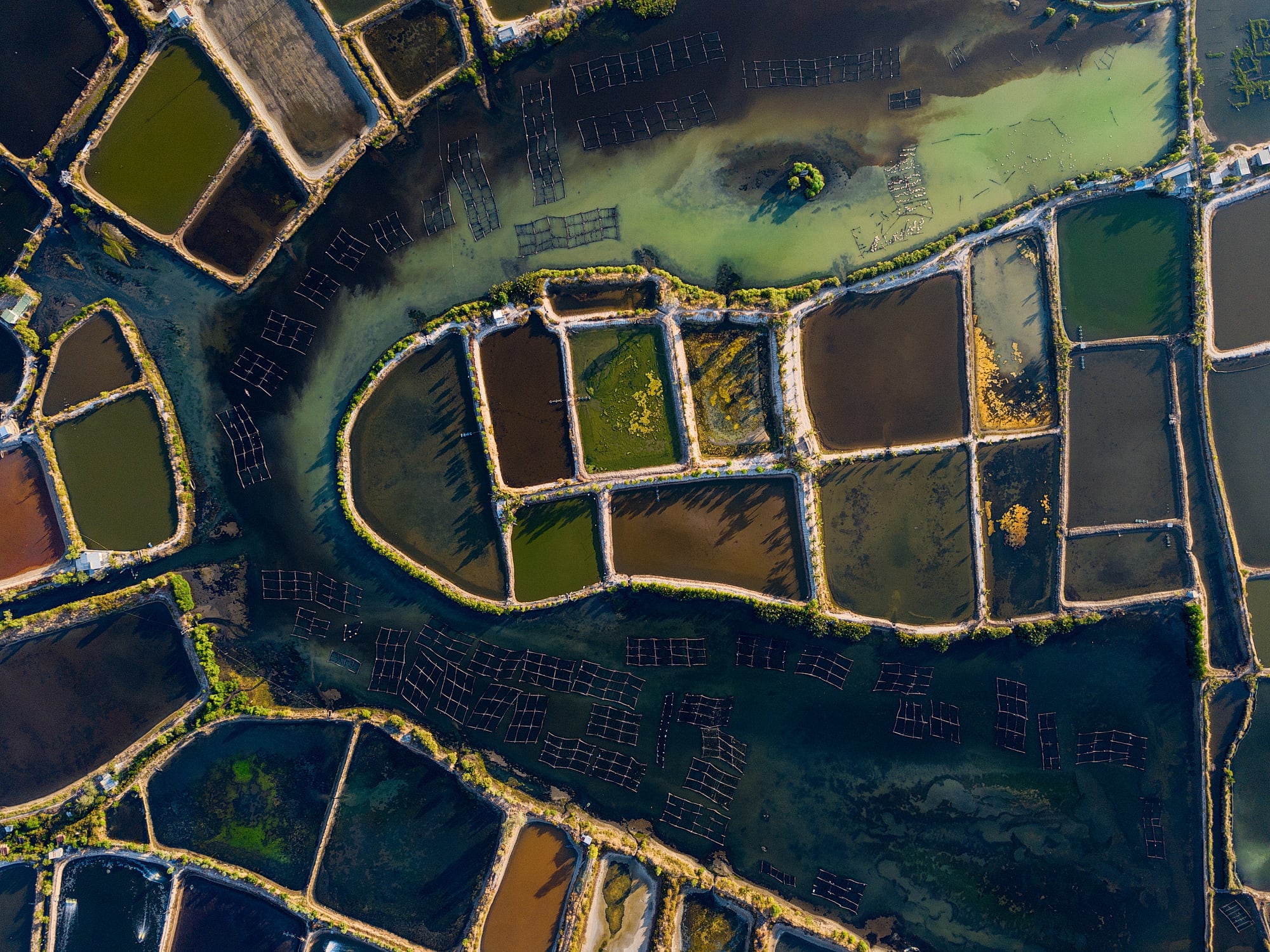It is a Singapore-based firm using artificial intelligence (AI) to automate and optimise shrimp farming.
The company combines sensors, software, and services based on data analysis capabilities using AI to help farmers feed shrimp more efficiently to reduce waste and improve growth.
Its flagship products include the iFeeder, an automated smart feeder, and smart sensor, which monitors pond conditions.
The company is currently raising S$10m (USD7.8m) to expand its commercial efforts and develop more AI-powered solutions.
“Because of all the data sets we have we see potential to develop more AI solutions. And eventually, all these technologies can come together to have an automated urban farming system,” said Ang Ting Cheong, chief executive of AquaEasy.
Speaking to AgTechNavigator, Ang said the firm believes its technology could radically change the supply chain.
“You can have this system in your neighbourhood supermarket. Right now, with the farm somewhere out there, farm to table is still a long distance away. By bringing such farming systems to your neighbourhood supermarket, the farm-to-table journey becomes so short, and you can cut down on carbon footprint.”
He pointed out that vertical farming systems have enabled some supermarkets in Europe to grow their own herbs and vegetables for sale.
“The technology is ready. It’s about the market in Asia and if it is ready for it. The great accelerator will be climate change.”
If shrimp could talk
Aquaeasy’s technology monitors shrimps and determines how much feed is needed by detecting shrimp activity.
Ang said that in shrimps, certain behaviours induce mandible movements, which in turn generate acoustic signals characterised by specific frequencies and amplitudes.
“With our patterns we can tell if they are hungry, stressed, and we trained the AI model to identify and automate the process of feeding,” said Ang.
This solves the problem of over feeding that shrimp farmers face, said Ang.
“A lot of farmers, they overfeed because they want their shrimp to grow faster. But if the shrimp don’t eat, the feed rots in the water and causes pollution and poor water quality. That leads to disease outbreaks, and you end up losing your shrimp.? That’s the mistake a lot of farmers make. First, overfeeding is like throwing money into the water. Second, end up losing your shrimp. So, it’s a double loss.”
The company has collected more than 1,300 data sets over the last five years and identified patterns that can inform them of shrimp condition.
This system has already been used commercially in farms in Vietnam and Indonesia, helping the firm bring in around S$7m (USD5.4m) in revenue last year.
The company has also inked a deal with Singapore’s Qian Hu Corporation, which will help AquaEasy expand to Malaysia and Thailand.
It also sees potential in China but will focus on the region for now.
AquaEasy was the first spin-off innovation under grow, the in-house incubator by Bosch South East Asia
Recently, AquaEasy was one of the 10 finalists of the Future Food Asia awards, which took place in Singapore in May.





